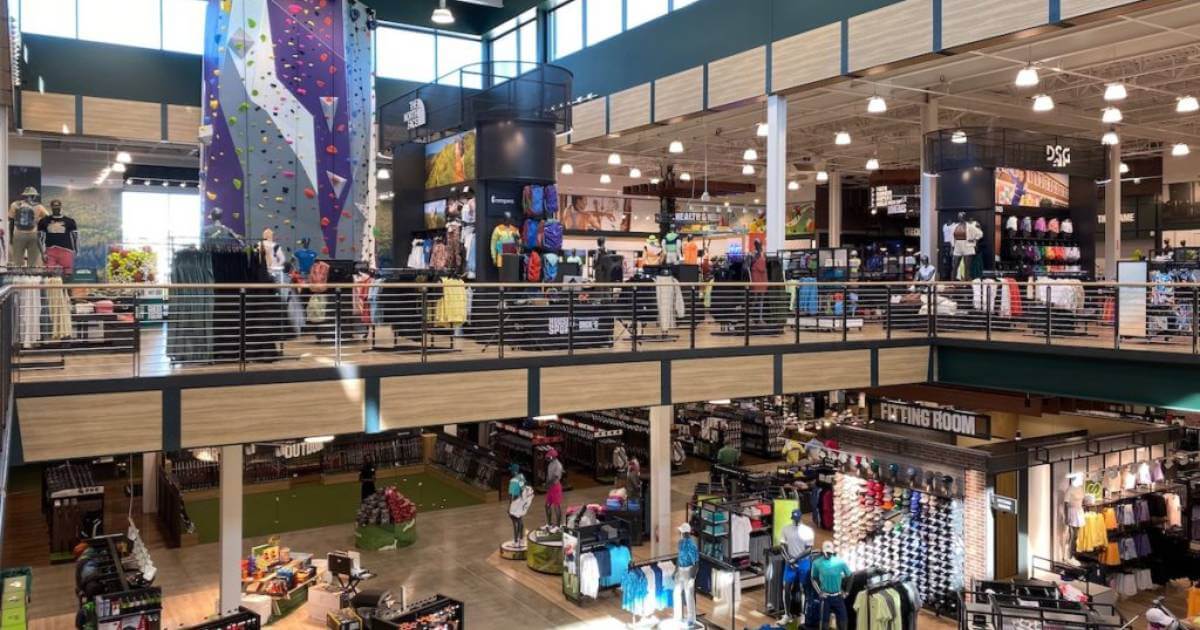The New Reality for Retail

Retailers around the world this year had to contend with excess inventory, inflation-related wholesale price increases, and a tightening of consumer spending. But that didn’t stop them from testing new store sizes, launching innovative in-store formats, and rolling out new retail experiences. As the industry makes plans for 2023, we’re taking a look back at some of the most significant retail stories from the past 12 months.
Inventory Issues
Retailers were flush with inventory this year, a reversal from 2021 when they struggled with widespread product shortages. Yet as logistics issues eased, inventory—some of it tied to late arrivals for the 2021 holiday season—flooded the market across almost every product category. Much of this inventory was tied to apparel, seasonal goods, and toys, and it led to deep discounts during the holiday season as retailers moved to clear excess goods.
This inventory dilemma was compounded by wholesale price increases that were imposed as suppliers tried to offset rising costs tied to record inflation levels. As a result, consumers focused on staples while turning away from discretionary spending. The combination of excess inventory, rising prices, and cutbacks in consumer spending forced many retailers to slash sales and earnings forecasts.
Small But Mighty
With consumers increasingly making purchases online, retailers responded this year by testing out small-store formats.
Walmart, for one, launched a mini-store format at select Getaway locations offering seasonal products. The first location opened in partnership with the remote vacation company in Texas in August. Kohl’s unveiled plans to open 100 small-store locations (35,000 square feet) over the next four years, building out an initial 20-store test. And Macy’s was expected to have eight Market by Macy’s stores in place by year-end featuring a curated apparel assortment.
At the same time, Target countered the trend by unveiling plans for a 150,000-square-foot location, with added space for handling online orders. That’s a sharp departure from the previous 17,000- to 50,000-square-foot locations in urban areas.
In-Store Specials
In addition to smaller stores, retailers continued to forge agreements for in-store formats to fill excess or underused floor space.
Toys “R” Us made a comeback with in-store formats at 451 Macy’s locations, with the effort at the department store chain’s flagship in New York stretching up to 14,000 square feet. Target expanded Ulta Beauty’s in-store locations, which now number more than 250, and Kohl’s grew its agreement with Sephora, with plans to extend the format to all 1,150 stores. And Dollar General opened about 100 of its pOpshelf format stores with the goal to grow to 1,000 locations by 2025.
Going Private
Many retailers further expanded gross margin-heavy private label programs in 2022 to appeal to tighter consumer budgets and offset slowing sales. Walmart’s Great Value label was purchased by 72% of consumers and private label products as a whole account for 23% of the chain’s total sales. Target’s more than 40 private brands are nearing 30% of sales, while grocery chains Aldi and Trader Joe’s private labels are 77% and 59% of sales, respectively.
Experiential Excitement
“Experiential” was one of the big retail buzzwords in 2022. The idea has been to convince customers to linger longer in stores, presumably tightening their bond with the retailer and increasing the chances they make a purchase.
Nike opened Rise stores in China in 2020 and moved into North America this year with a Miami location that takes a localized approach, offering workout classes and advice as well as a snack bar. Dick’s Sporting Goods expanded on three fronts in opening additional House of Sport formats (it contains a 17,000-square-foot turf field), Public Lands locations (featuring outdoor gear and a 30-foot rock climbing wall), and Golf Galaxy Performance Centers (offering hitting bays, lessons, and club fittings). Even Ikea, known for its sprawling stores, unveiled 2,800-square-foot Planning Studio stores in Los Angeles where customers can work with designers to map out design plans and order products for their homes.




